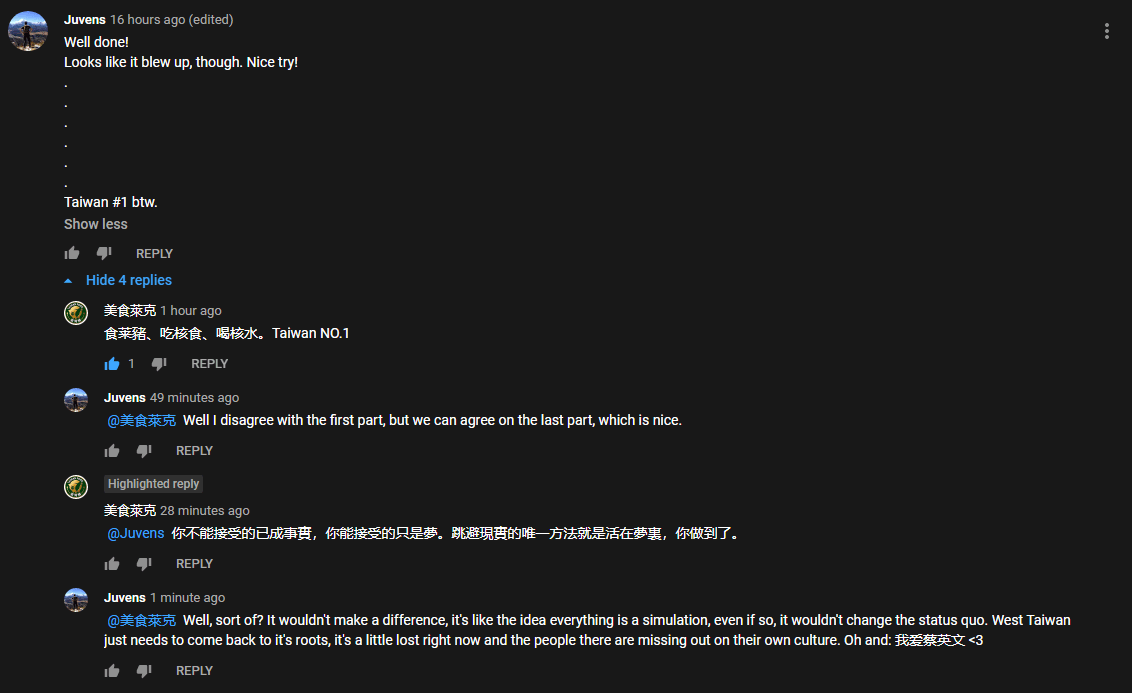Kessler Syndrome is a term coined by NASA scientist Donald J. Kessler in 1978. It describes a self-perpetuating cycle of space debris generation in low Earth orbit (LEO). The concept suggests that if the density of objects in LEO reaches a critical threshold, collisions between satellites and debris could lead to further collisions, creating more debris and thereby increasing the likelihood of additional collisions. This cascading effect could render certain orbital regions unusable for future spacecraft, severely impacting satellite operations and space exploration.
The issue of space debris is not a new one. As of 2023, there are millions of pieces of debris orbiting the Earth, including defunct satellites, spent rocket stages, and fragments from previous collisions. The European Space Agency estimates that there are over 34,000 pieces of debris larger than 10 centimeters, and countless smaller fragments that pose risks to operational satellites and the International Space Station (ISS). The growing population of space debris has raised alarms among scientists and space agencies worldwide, leading to discussions about the potential onset of Kessler Syndrome.
One of the key factors contributing to the risk of Kessler Syndrome is the increasing number of satellites being launched into orbit. The advent of commercial space ventures has led to a significant rise in satellite deployments. Companies like SpaceX, OneWeb, and Amazon’s Project Kuiper are planning to launch thousands of small satellites to provide global internet coverage. While these initiatives hold promise for connectivity, they also raise concerns about the potential for increased collisions in an already congested orbital environment.
Several incidents have highlighted the dangers posed by space debris. For instance, in 2009, a defunct Russian satellite collided with an operational Iridium communications satellite, creating thousands of pieces of debris. This incident served as a stark reminder of the vulnerability of space assets and the cascading consequences that can arise from even a single collision. Such events have led to calls for enhanced tracking and monitoring of space debris, as well as the development of mitigation strategies to reduce the generation of new debris.
Some scientists argue that the conditions for Kessler Syndrome may already be present. With the rapid increase in satellite launches, the likelihood of collisions has also risen. The potential for a catastrophic chain reaction is a growing concern, particularly as the number of operational satellites continues to expand. The situation is exacerbated by the fact that many satellites are not designed with end-of-life disposal in mind, leading to a higher risk of defunct satellites contributing to the debris population.
Efforts are underway to address the challenges posed by space debris and to mitigate the risks associated with Kessler Syndrome. International guidelines have been established to promote responsible satellite design and operation, including measures for deorbiting defunct satellites and minimizing the creation of new debris. Organizations like the United Nations Office for Outer Space Affairs and the Inter-Agency Space Debris Coordination Committee work collaboratively to develop frameworks for debris mitigation and to promote awareness of the issue among space-faring nations.
In addition to policy measures, technological solutions are also being explored. Several projects aim to develop active debris removal systems that could capture and deorbit defunct satellites or large debris fragments. Concepts such as robotic arms, nets, and lasers are being investigated as potential means of reducing the debris population. However, these technologies are still in the experimental stage and face significant technical and regulatory challenges before they can be implemented on a large scale.
The implications of Kessler Syndrome extend beyond the realm of space exploration. A significant increase in space debris could disrupt global communications, weather forecasting, and navigation systems that rely on satellites. The economic impact of such disruptions could be substantial, affecting industries that depend on satellite technology. Furthermore, the safety of astronauts aboard the ISS and future crewed missions to the Moon and Mars could be compromised if the risk of collision with debris escalates.
In conclusion, Kessler Syndrome represents a critical challenge for the future of space activities. As the number of satellites in orbit continues to grow, the risk of collisions and the potential for a cascading debris effect become increasingly plausible. While efforts are being made to mitigate the risks associated with space debris, the situation calls for urgent attention from scientists, policymakers, and the commercial space sector. The future of space exploration and the sustainability of Earth’s orbital environment depend on proactive measures to address the challenges posed by Kessler Syndrome.


